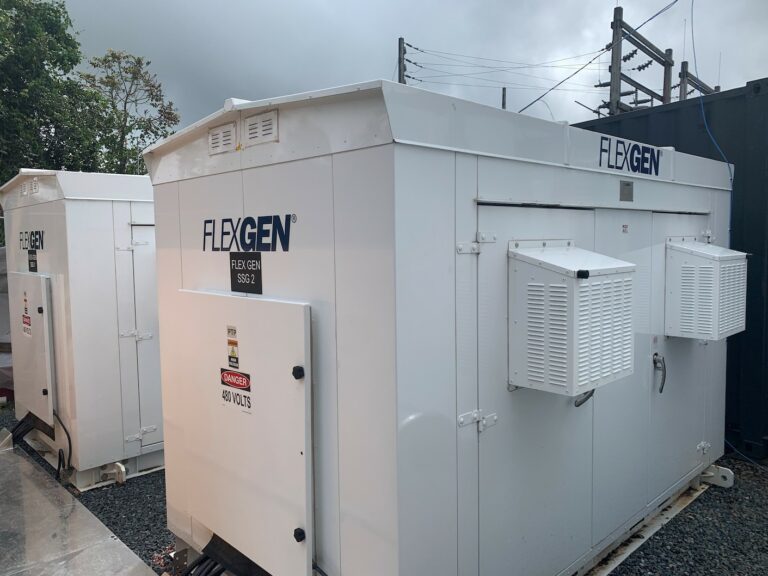
The North Carolina-based energy storage system integrator firm yesterday (16 February) announced the launch of Plug & Play FlexGen Electric Vehicle (EV) Charging Services.
It utilises its HybridOS 9.3 EMS platform and a containerised energy storage system (ESS) to optimise energy consumption for the charging network operator, and the platform integrates with on-site energy resources.
Benefits includes reducing peak demand to avoid charge rates from utilities by optimising usage. It also allows the user to by participate in regional power markets to get the best value for their energy.
Flexgen also claims to have expanded the EMS’ microgrid capabilities to allow it to continue supplying charging power regardless of what is happening on the power grid, like an outage, for example.
“EV’s are the future, and flexible, advanced, available EV charging is the most important step to realising that future. With Hybrid OS, FlexGen is perfectly positioned to meet the Biden Administration’s plan to provide onsite charging along the national highway system,” said Kelcy Pegler, CEO of FlexGen.
It comes six months after the firm secured US$150 million investment from asset manager Apollo Global Management. FlexGen started life over a decade ago specialising in microgrids for customers including the US Military, but has more recently become known for grid-connected energy storage systems. It has deployed numerous systems in Texas and started exploring niches in Midwestern US states.
Late last year it was awarded a 2.1GWh supply contract by smart energy developer Ameresco for battery projects in California and in January this year began the deployment of 40MWh of BESS at substations in North Carolina for electric cooperatives.
Hitachi Energy recently launched similar updates to its EV charging EMS-BESS combined platform which it said would provide similar beneficial functions, as covered by Energy-storage.news. Energy storage provider and software group Stem Inc, which publicly listed through a SPAC merger last year, said the convergence of EV charging infrastructure and solar/battery storage is increasingly gaining momentum.